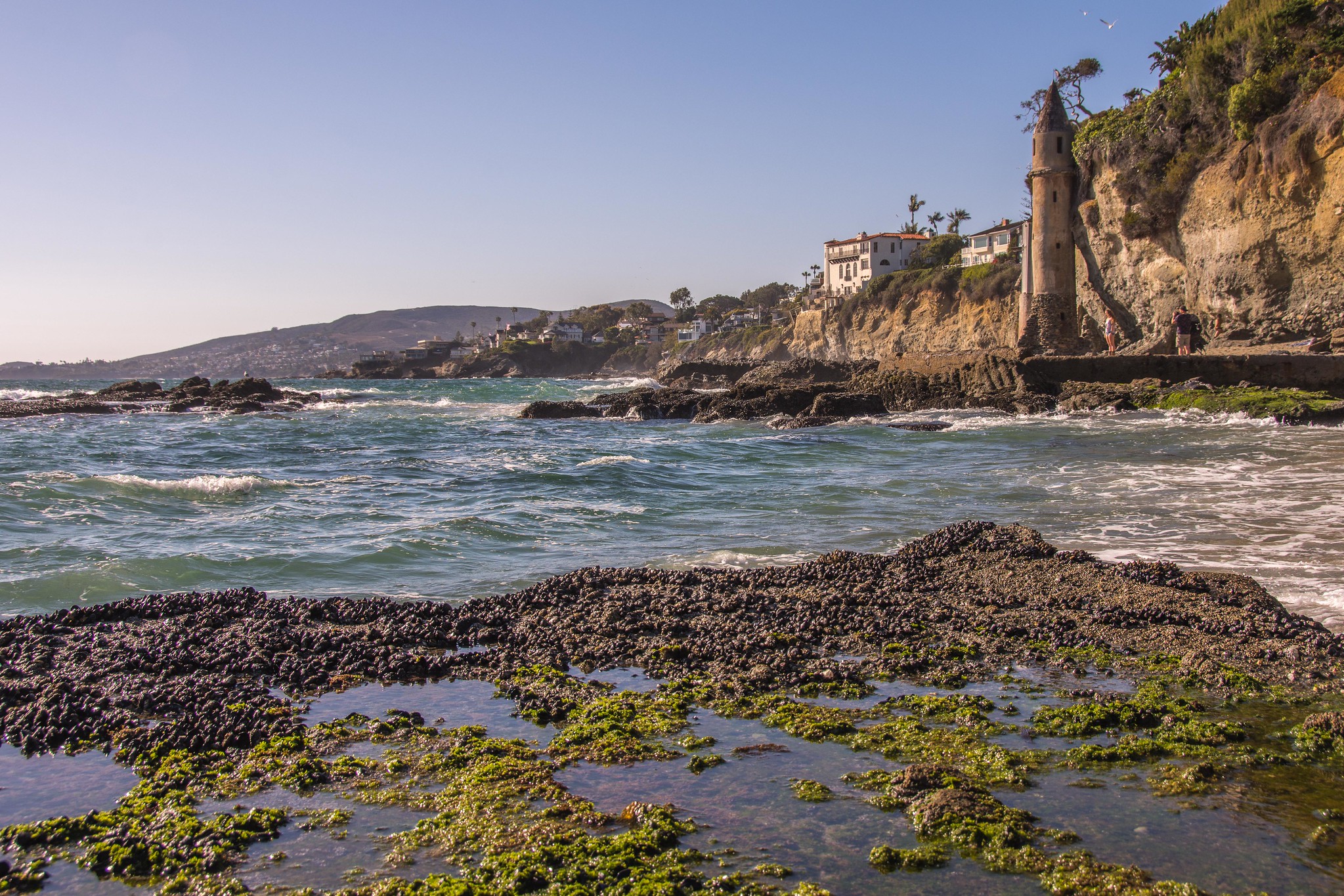Excerpt:
Here in California, a landmark law (dubbed the Coastal Act) declared decades ago that the beach is a public treasure that must be shared by all.
Dramatic clashes with developers and wealthy homeowners have become all too familiar, but this zero-tolerance for private beaches and high rises is why the state’s shoreline feels so different from Miami’s.
The Coastal Act is a remarkable commitment to the public trust doctrine, which traces back to Justinian I, who declared in 533 C.E. that “the following things are natural law common to all: the air, running water, the sea, and consequently the seashore.” This notion — that certain lands should be held in trust by the government for the benefit of all people — evolved into English common law, which the United States then adopted and California later wrote into its state constitution.
Which brings us to where we are today: Along the California coast, the public trust is delineated by the mean high tide line. The state, and therefore the public, has rights to most land covered and uncovered by the tide (i.e., the beach), as well as lands that were historically below the tide line but have since been artificially drained or filled (i.e., wetlands).
These lines in the sand were all fine and good when we still had ample sand to go around. But sea level rise has made things a lot more complicated: What happens when the tide line starts to move inland because of climate change? At what point does private property become public property — and how do we draw that line?
Squeezed out, too, between rising seas on one side and human infrastructure on the other, are the vanishing salt marshes that once nurtured many of the world’s most endangered species. Studies have also found that two-thirds of our beaches in Southern California could drown in the coming decades. So when all that we hold dear cannot be saved, what becomes the priority?
To make sense of some of these questions, I called up Kate Huckelbridge, who was recently appointed to lead the California Coastal Commission into its next chapter. An environmental engineer by training and no-nonsense in her ways, Huckelbridge is not one to sit on conflict. She has navigated her fair share of complicated issues, such as offshore oil drilling and power plant permitting, and, for a time, she also served as the agency’s tribal liaison…









